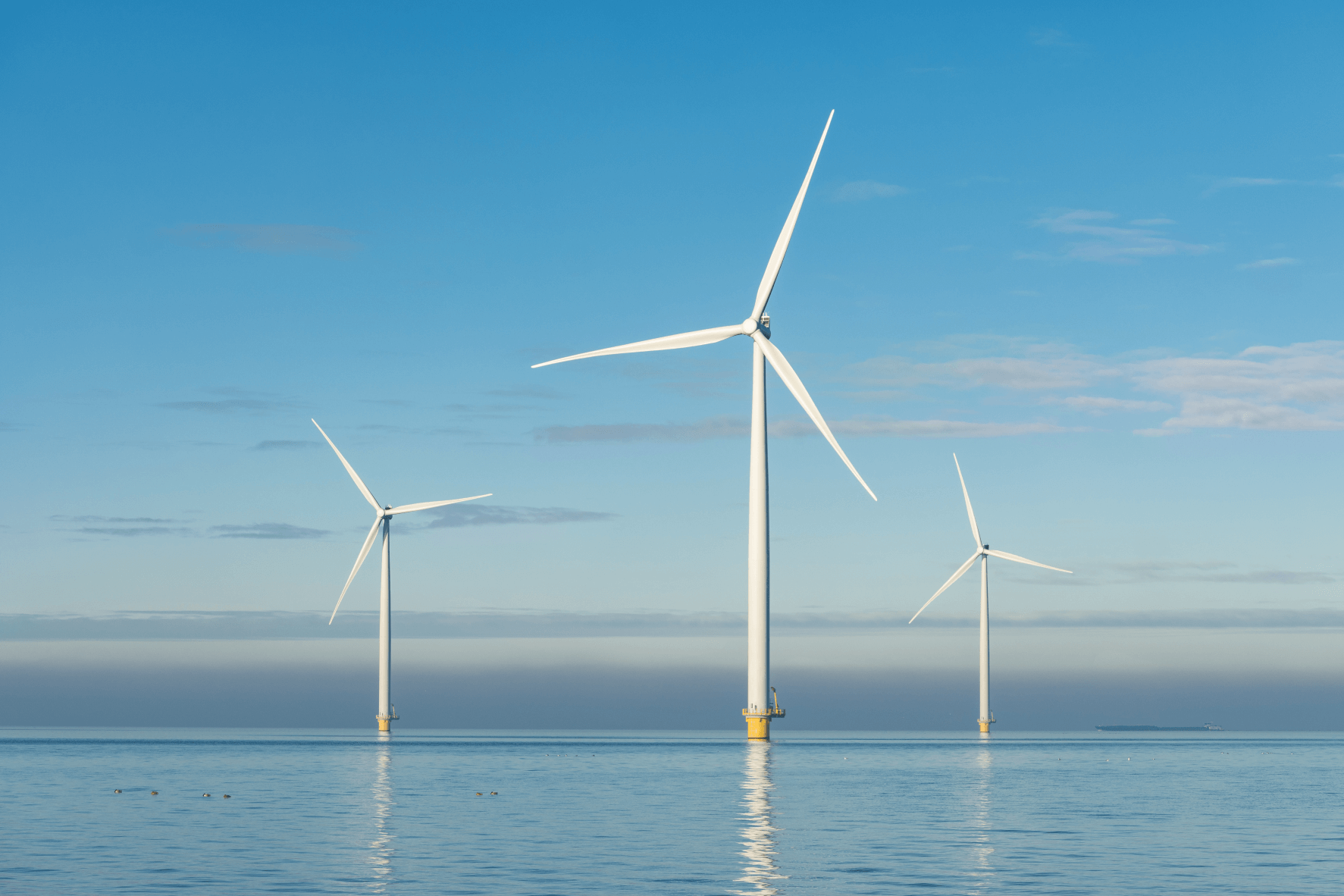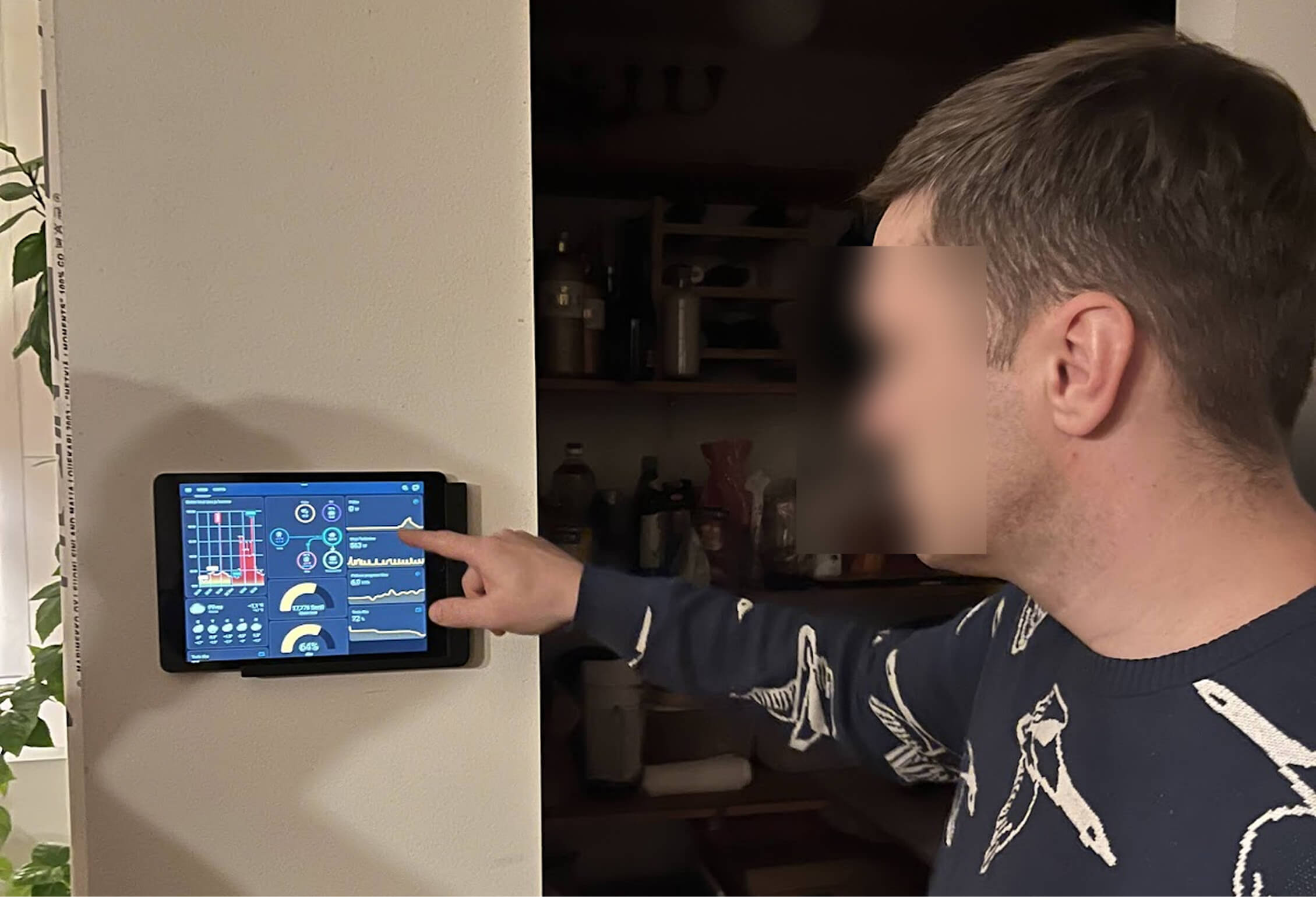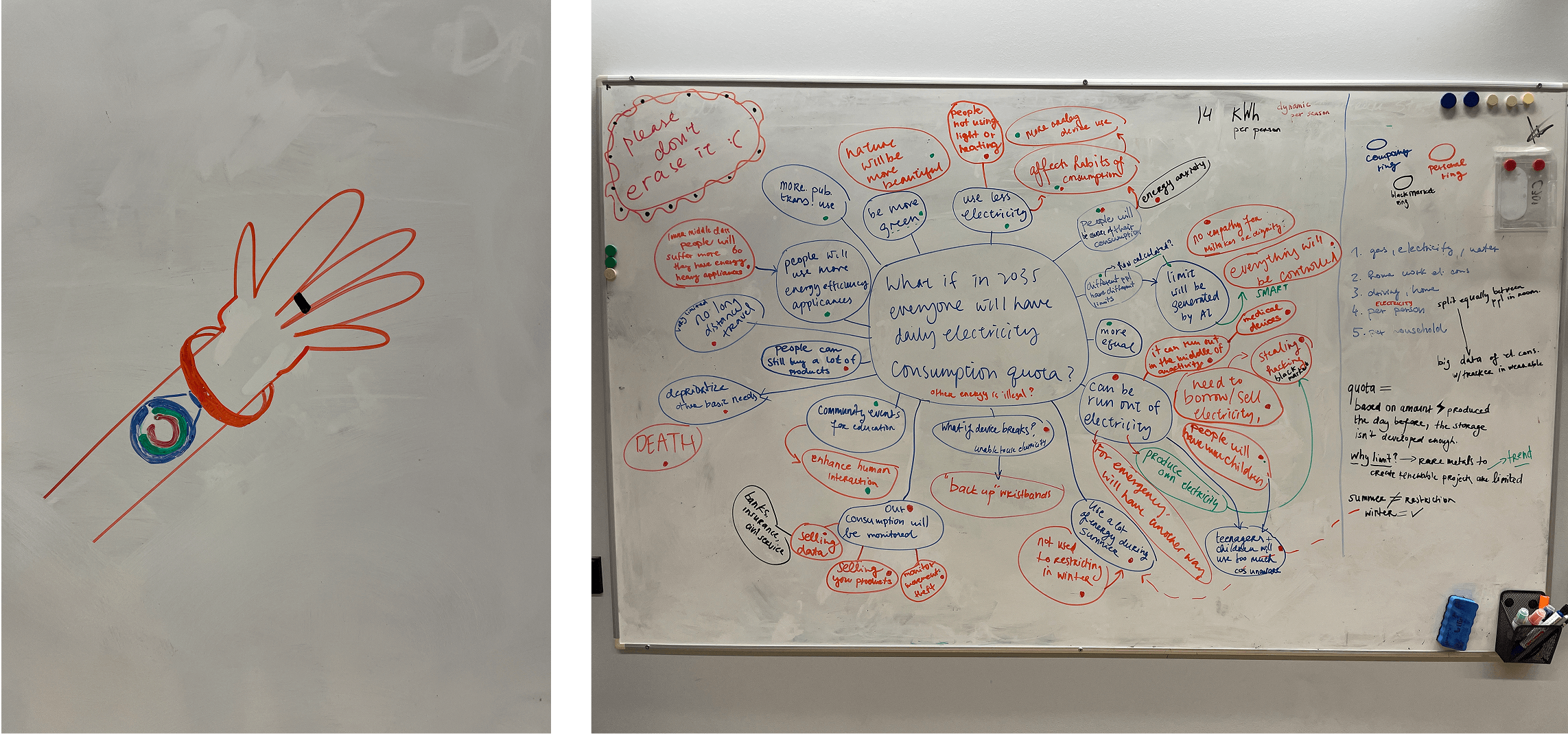
Enefit (major Baltic energy company) has a goal to transition to green sources by 2035 but they are lacking finances to do so. Based on research, we proposed a strategy to focus on lowering energy consumption in areas with excessive use. This could be implemented through progressive pricing, which would generate the needed finances. This project was part of my Emerging themes MA course.
Nov – Dec 2023 (6 weeks)
Enefit
Design for Emerging themes
(at EKA)
Individual:
desk research
In a team:
interviews (with customers, experts, employees), ideation, speculative design
Our challenge was to create a vision of the year 2035 where clean energy is an integral part of Enefit's customers' daily life and sustainable business for energy companies.
To navigate this complex topic, we relied mainly on existing research and interviewing experts. We learned that the green transition will take more than expected, as it's expensive. The consumption will also double by 2030, and we will face shortage of minerals for low carbon technologies.
Thus, we shifted the goal of our project to create a different and cheaper solution to become greener than just switching to green sources.

Liivi offshore windfarm is one of Enefit’s projects for the green transition by 2030 (image source)
One of the ways to emit less greenhouse gas emissions is to produce less electricity, which can be achieved by lowering the demand.
Even if in the future Enefit produces 100% of the energy from renewable sources, the next step will be to lower the consumption in order to save materials needed for the green infrastructure.
Sooner or later, lowering consumption will be inevitable. What if Enefit started focusing on it straightaway?
.svg)
To learn how to lower the consumption, we interviewed 5 optimizers- people, who watch out for their electricity consumption excessively and find ways to optimize it. They often end up restricting themselves extremely, e.g. not turning on the heating, even when its freezing outside and they risk getting sick.
To understand a possible future with strict consumption limits, we also used speculative design methods. We learned that these limits would create a lot of problems, especially in emergencies.
We concluded that to sufficiently lower the consumption, we should not target ordinary people (majority).

An energy consumption dashboard at one of the interviewed optimizers’ homes

Exploring possible futures of strict personal energy limits through speculative design methods
In Estonia, 10% of the richest population uses more electricity than 50% poorest. Their behaviour contributes to higher emissions and more expensive energy for everyone. What if lowering targeted just them?
To help majority of people, we proposed a system change of progressive electricity price model, which influences only those, who use electricity excessively (e.g. rich population). As a result, targeted people would either lower their consumption or pay extra money which could be used on the green infrastructure and lowering prices for general masses.
The limit after which the price increases could be different for houses and apartments or it could be calculated based on the number of household members.
.svg)
Limit would be placed high enough to affect only those, who use energy excessively
-Phil Hansen
If Enefit decides to adopt the new strategy to focus on lowering consumption, they should come up with a way to implement it. If they decide to go with the progressive pricing, they need to make a system's change in the whole Estonia, which they have the power to do, as Enefit is owned by the state and closely connected to its ministries.